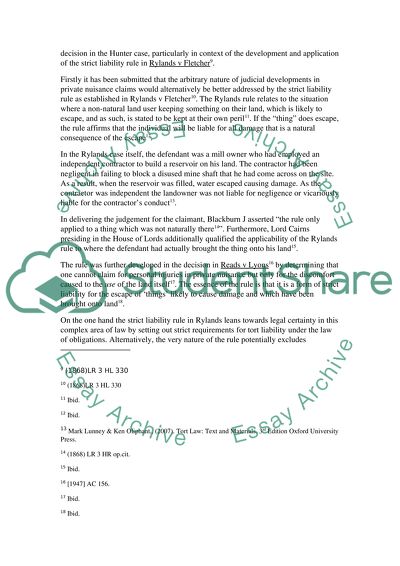Cite this document
(“Law of Torts Case Study Example | Topics and Well Written Essays - 2500 words”, n.d.)
Retrieved from https://studentshare.org/law/1524293-law-of-torts-case-study
Retrieved from https://studentshare.org/law/1524293-law-of-torts-case-study
(Law of Torts Case Study Example | Topics and Well Written Essays - 2500 Words)
https://studentshare.org/law/1524293-law-of-torts-case-study.
https://studentshare.org/law/1524293-law-of-torts-case-study.
“Law of Torts Case Study Example | Topics and Well Written Essays - 2500 Words”, n.d. https://studentshare.org/law/1524293-law-of-torts-case-study.


